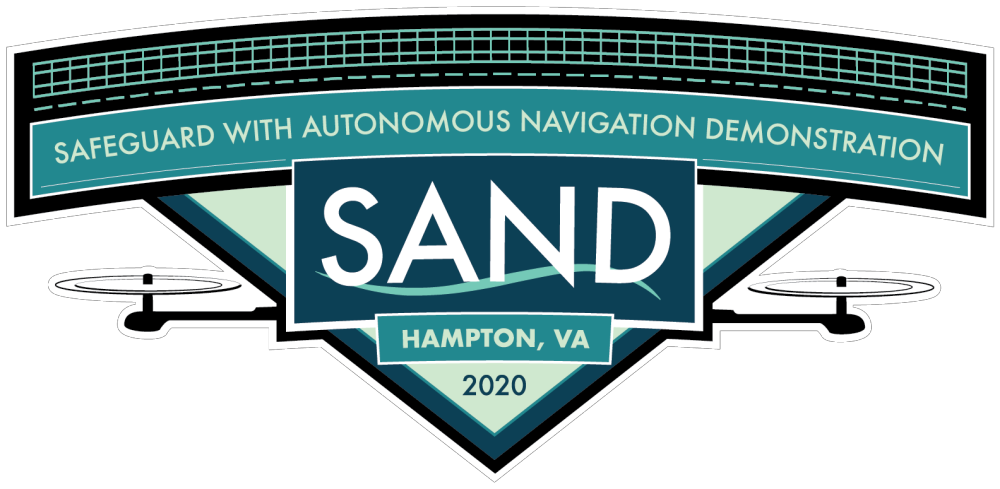The Safeguard with Autonomous Navigation Demonstration (SAND) is an opportunity for small businesses to compete in an autonomous unmanned aerial vehicle (UAV) competition to help NASA address safety-critical risks associated with flying UAVs in the national airspace such as: flight outside of approved airspace, unsafe proximity to people or property, and critical system failure.
NASA is working to deliver technologies designed to enable a safe and efficient national airspace that is convenient, affordable, and accessible for both existing and emerging operations. Leveraging a consortium of partners across industry, government, and academia, NASA is introducing the Safeguard with Autonomous Navigation Demonstration (SAND) Challenge to demonstrate a next step toward the future. The SAND challenge will give small businesses the opportunity to compete in an autonomous unmanned aerial vehicle competition designed to push the boundaries of traditional operations.
The competition will demonstrate NASA technologies designed to assure safe operations of autonomous vehicles, promote public confidence in increasingly autonomous commercial operating capabilities, create opportunities for collaboration and facilitate community wide learning while capturing public imagination.
https://youtu.be/GD2fMXkPrQg
NASA Langley’s patented Safeguard technology will fly onboard the competitor’s vehicle while navigating the competition course. Safeguard is NASA’s patented aviation quality geo-fencing technology that independently monitors vehicle position and speed. Safeguard is designed to supersede or override non-standardized manufacturer UAV geo-fencing technology to ensure the UAV operates only within approved airspace, assuring safety of UAS flight operations to meet regulatory and safety requirements.
The SAND challenge will demonstrate the autonomous surveillance of a post-natural disaster scenario amidst critical infrastructure while also demonstrating the utility of Safeguard to provide the safety assurance necessary to allow these autonomous operations to take place.
Source: Press Release

